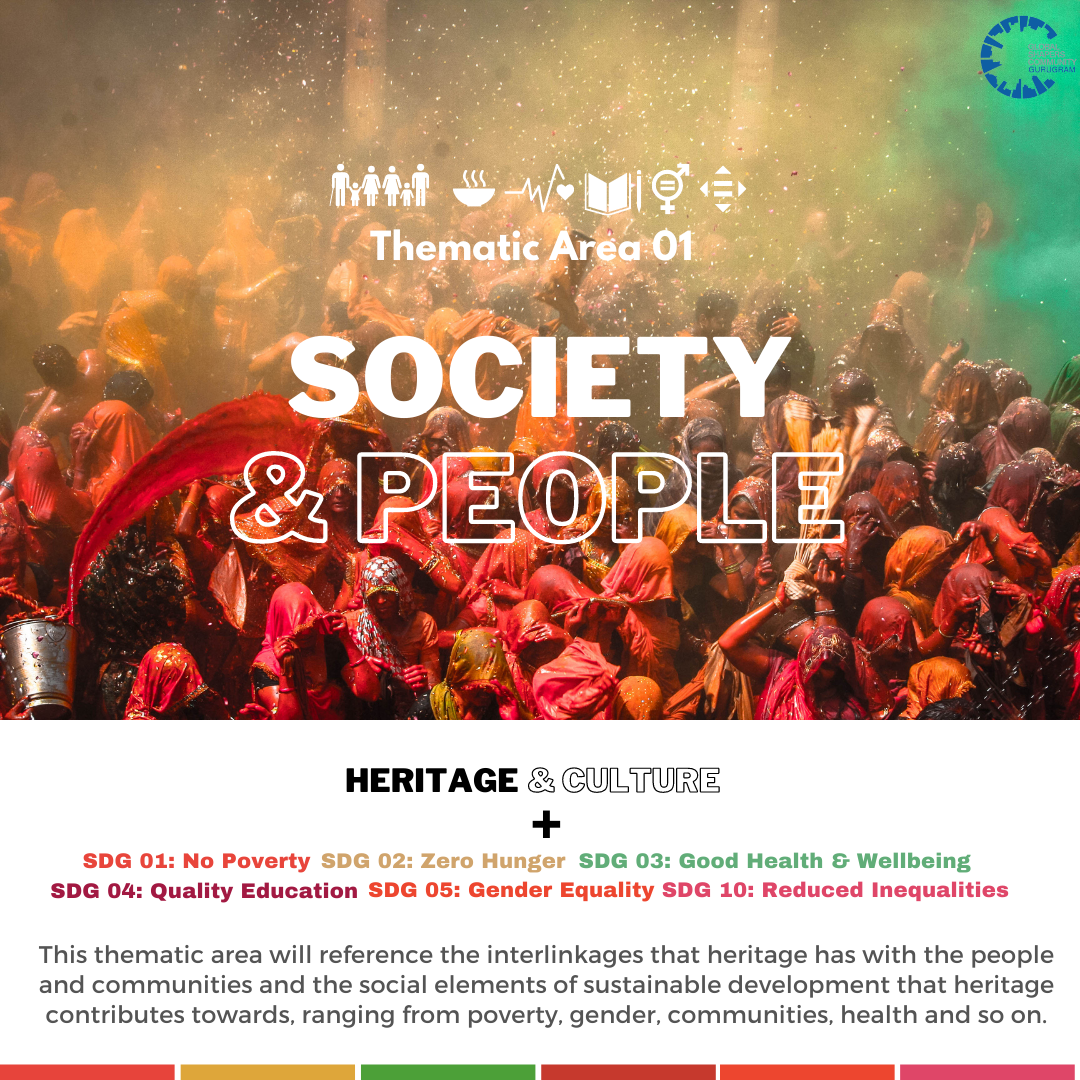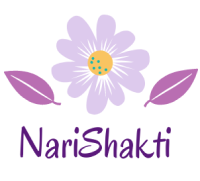
Heritage for Society & People

There is an intrinsic connection to how heritage has a deep impact on elements of sustainable development concerned with society, people and communities.
Let’s take a very simple example of poverty eradication, the most complex and interconnected developmental challenge, which forms the cornerstone of all issues related to sustainable development, especially when it comes to people, society and communities. When the 17 SDGs were declared, “No Poverty” was chosen as the first one, given its underlying impact on all the other goals. And with over 10% of the world population still reeling under poverty, alleviation of the marginalized and disadvantaged can be the driving force behind a more inclusive, sustainable and equitable future.
Heritage, in all its forms, can be a significant contributor to the eradication of poverty.
Consider the impact of cultural heritage sites on the cities where they exist; how the economy of Agra is largely dependent on those coming to visit the Taj Mahal, or how a general rehabilitation of heritage sites in regions like Ladakh and Mecca has hugely revitalised the local community, especially the poor, who benefit from tourism and financial investment from the government and private agencies towards such rehabilitation projects. The poor in such regions also benefit from access to basic services and infrastructure (including access to traditional and modern water and sanitation systems) when heritage becomes a focal point for local civic bodies to restore. And of course, the impact of heritage, man-made or natural, on entrepreneurship, job creation, creativity and innovation which capitalise on local resources and skills is undeniable, which directly helps reduce poverty through the promotion of livelihoods.
Apart from the built and tangible heritage, indigenous knowledge and traditional skills, which are a part of the intangible heritage, can be critical in increasing resilience to climate-related disasters and economic shocks, especially for the poor who are the most vulnerable and exposed to such risks. The recognition of intangible cultural heritage such as visual arts and crafts is an important step toward empowering the communities that practice these art forms. Such communities are often marginalised, underrepresented, and side-lined. The undue eccentric focus towards certain crafts has created successful cases of economic transformation of the local communities in Madhuban, Warli, Bhuj, etc. However, there is a need to now support numerous such other communities, like the tribes of Gonds, Bhils, Santhals, etc. or the women of village of Mithila. Therefore, leveraging heritage to provide sustainable livelihoods, while improving community resilience can be a game-changer in the global pursuit of poverty eradication.
Beyond poverty, heritage also has intangible contributions towards societal cohesion, gender equality (if we consider how heritage sites in matriarchal societies like Kerala have contributed to passing down gender equal norms) and even health, considering how heritage sites are preserved in a manner to inhibit automation and require one to physically explore them, contributing to cardiovascular health.
But these aspects of heritage which contribute towards society, people and communities in the broader narrative of sustainable development face threats due to modernization, encroachment and a general fading away of their prestige in an increasingly urbanized world. The challenge is to fully leverage the tangible and intangible contributions of heritage towards our society, its people and the communities which depend on them to hasten our quest for a sustainable, inclusive and prosperous future. Without fully understanding the benefits to society and people through heritage, perhaps the very essence of how it can accelerate sustainable development holistically will remain a lost, unfulfilled cause.
References:
- Heritage and the sustainable development goals: policy guidance for heritage and development actors, prepared by Prepared by the Sustainable Development Goals Working Group – Priority Action 1 Task Team, and published by International Council on Monuments and Sites – ICOMOS, Source Link: https://openarchive.icomos.org/id/eprint/2453/
- Culture: at the Heart of SDGs by Jyoti Hosagrahar, published in The UNESCO Courier, Source Link: https://en.unesco.org/courier/april-june-2017/culture-heart-sdgs
- UNESCO’s interactive visual – Living Heritage and Sustainable Development Link – https://ich.unesco.org/dive/sdg/
- Heritage Conservation and the Sustainable Development Goals, Published by International National Trusts Organisation, Source Link: https://www.into.org/app/uploads/2020/11/INTO-members-and-the-SDGs.pdf
- The Culture 2030 Indicators, published in 2019 by the United Nations Educational, Scientific and Cultural Organization, Source Link: https://unesdoc.unesco.org/ark:/48223/pf0000371562
- UNESCO’s interactive visual Living Heritage and Sustainable Development, Source Link: https://ich.unesco.org/dive/sdg/

